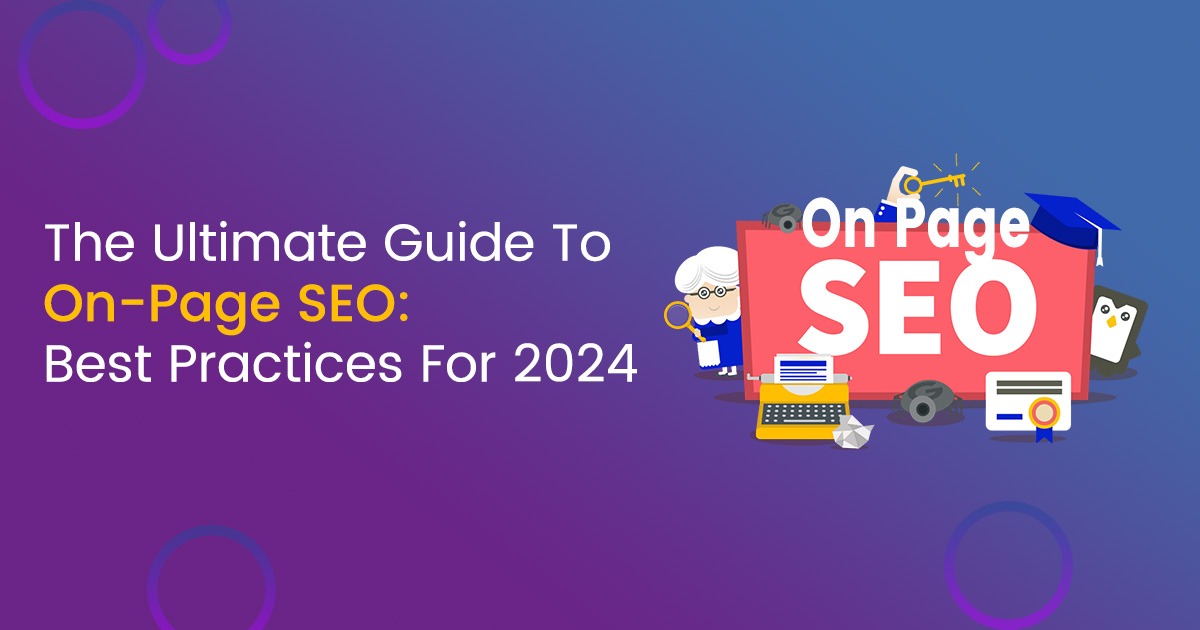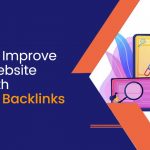The Ultimate Guide To On-Page SEO: Best Practices For 2024
|
Getting your Trinity Audio player ready...
|
The Ultimate Guide To On-Page SEO: Best Practices For 2024
As we move into 2024, on-page SEO continues to be a crucial component of search engine optimization. It involves optimizing individual web pages to rank higher and earn more relevant traffic from search engines. With search algorithms evolving, staying updated with the best practices is essential. This guide will walk you through the most effective On-page SEO strategies to implement in 2024.
1. Keyword Research and Optimization
Understanding Search Intent
In 2024, search engines are more focused on understanding the intent behind a user’s query. Your keyword research should revolve around identifying keywords that match the search intent of your target audience. Use tools like Google Keyword Planner, Ahrefs, or SEMrush to find keywords with high search volume and low competition.
Long-Tail Keywords
Long-tail keywords, which are more specific and usually longer phrases, are becoming increasingly important. They often have lower competition and can drive highly targeted traffic to your site. Incorporate these into your content to address specific queries.
2. Content Quality and Relevance
E-A-T (Expertise, Authoritativeness, Trustworthiness)
Google’s E-A-T guidelines emphasize the importance of content that demonstrates expertise, authoritativeness, and trustworthiness. Ensure that your content is written by knowledgeable experts, includes credible sources, and is regularly updated to maintain its relevance.
Content Structure
A well-structured article not only improves readability but also enhances SEO. Use clear headings (H1, H2, H3) to break down your content into manageable sections. This helps search engines understand the hierarchy of your content and improves user experience.
Multimedia Integration
Incorporating images, videos, infographics, and other multimedia elements can enrich your content. Visual elements not only make your content more engaging but also improve dwell time and reduce bounce rates, which are positive signals for SEO.
3. On-Page Elements Optimization
Title Tags
Your title tag is one of the most important on-page SEO elements. It should be concise, include your target keyword, and entice users to click. As of 2024, it’s recommended to keep title tags under 60 characters to ensure they display correctly in search results.
Meta Descriptions
While meta descriptions don’t directly impact rankings, they significantly influence click-through rates (CTR). Write compelling meta descriptions that summarize your content and include a call to action. Aim for around 155-160 characters to ensure the entire description is visible.
Header Tags
Header tags (H1, H2, H3, etc.) help organize your content and make it easier for search engines to crawl. Your H1 tag should include the primary keyword and accurately reflect the page’s content. Subheadings (H2, H3) should logically follow the H1 and support the main topic.
URL Structure
A clean, descriptive URL structure is vital for both user experience and SEO. Use hyphens to separate words, keep URLs concise, and include your target keyword. Avoid using stop words like “and,” “or,” “but,” which can make URLs unnecessarily long.
Internal Linking
Internal links help distribute page authority across your site and guide users to related content. In 2024, focus on creating a strategic internal linking structure that supports your site’s architecture and enhances user navigation. Use descriptive anchor text that includes relevant keywords.

4. Technical SEO Aspects
Mobile-Friendliness
With the majority of searches now happening on mobile devices, having a mobile-friendly website is non-negotiable. Ensure your site is responsive, with fast loading times and an intuitive user interface on mobile devices. Google’s mobile-first indexing means that the mobile version of your site is considered the primary version.
Page Speed
Page speed is a critical ranking factor. Use tools like Google PageSpeed Insights to identify areas where you can improve load times. Compress images, leverage browser caching, and minimize CSS and JavaScript to enhance performance.
Secure Sockets Layer (SSL)
Security is a priority for both users and search engines. Websites with SSL certificates (HTTPS) are preferred by Google and are more likely to rank higher. In 2024, having an SSL certificate is essential for building trust with your audience and improving your search rankings.
5. User Experience (UX) and Core Web Vitals
Core Web Vitals
Core Web Vitals are a set of metrics that measure user experience in terms of loading performance, interactivity, and visual stability. These metrics include Largest Contentful Paint (LCP), First Input Delay (FID), and Cumulative Layout Shift (CLS). Optimizing these factors is crucial for both SEO and user satisfaction.
Engaging and Intuitive Design
A clean, intuitive design that is easy to navigate is key to keeping users on your site. Ensure that your website layout is logical, with clear calls to action and minimal distractions. An engaging design increases dwell time, reducing bounce rates and signaling to search engines that your content is valuable.
6. Advanced On-Page SEO Techniques
Schema Markup
Schema markup helps search engines understand your content better, providing additional information that can enhance your search engine listings. Implementing schema can result in rich snippets, which can significantly improve CTR. Consider adding schema markup for reviews, events, FAQs, and products.
AI and Content Personalization
Artificial intelligence is playing an increasingly significant role in SEO. Utilize AI tools to analyze user behavior and personalize content. Personalized content can improve user engagement, leading to better SEO performance. AI-driven content suggestions can also help you identify gaps and opportunities in your content strategy.
Voice Search Optimization
With the rise of voice-activated devices, optimizing for voice search is more important than ever. Focus on conversational keywords and long-tail phrases that mimic natural speech patterns. Ensure your content answers common questions directly and succinctly.
On-page SEO is an ever-evolving field that requires continuous learning and adaptation. By following these best practices for 2024, you can ensure your website remains competitive in search engine rankings. Focus on creating high-quality, user-focused content, optimizing technical elements, and staying ahead of emerging trends like AI and voice search. With a comprehensive on-page SEO strategy, you’ll be well-equipped to drive organic traffic and achieve your digital marketing goals.

 Previous Post
Previous Post Next Post
Next Post